The Ultimate Guide to Creating a Water-Saving Xeriscape Garden
If you’re tired of dragging hoses around or worrying about high water bills, it might be time to rethink how your garden uses water. Cutting back doesn’t mean giving up on beauty. With the right setup, you can have a lovely yard that uses water efficiently.
That’s where xeriscaping comes in. This approach helps gardeners save water without losing the charm or function of a traditional garden. I’ll go over what xeriscaping is and share simple tips for making your garden more water-wise.
This post may contain affiliate links, which helps keep this content free. Please read our disclosure for more info.
What is Xeriscaping?
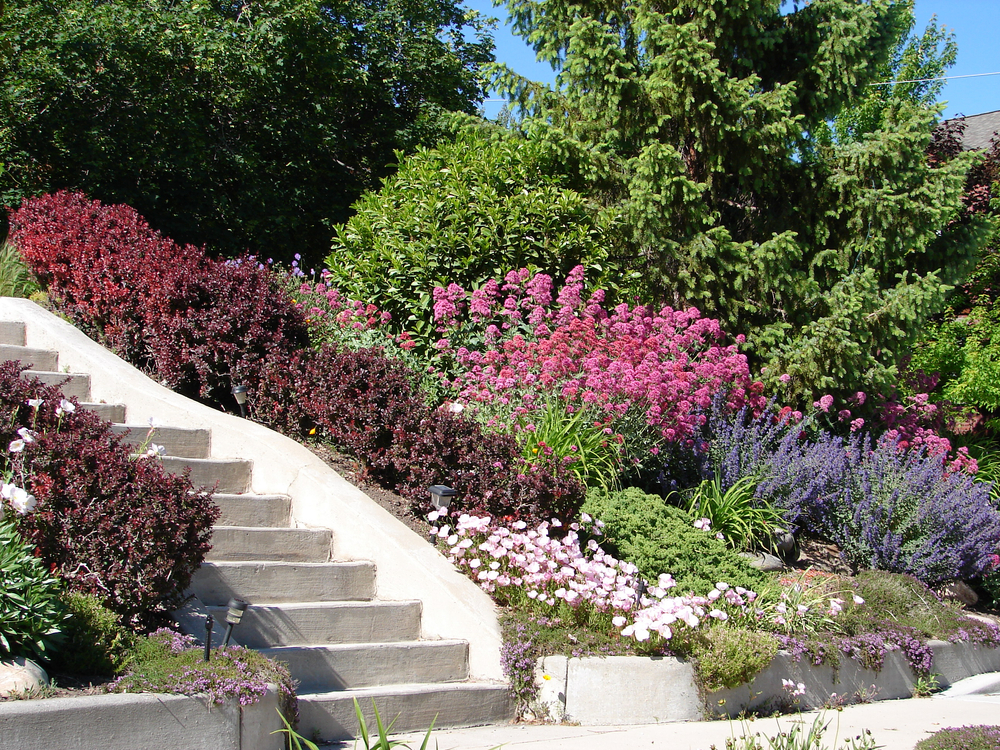
Xeriscaping is a style of gardening that uses low-water plants and smart design to cut down on how much water a garden needs. It started in dry regions of the western U.S., where folks needed ways to keep their landscapes thriving without relying so much on irrigation.
Unlike traditional gardening, which often features thirsty lawns and plants that need lots of care, xeriscaping focuses on working with the local climate. It helps the environment by reducing runoff and keeping water in the soil where it belongs. It’s also easier on your wallet in the long run.
Key Principles of Xeriscaping
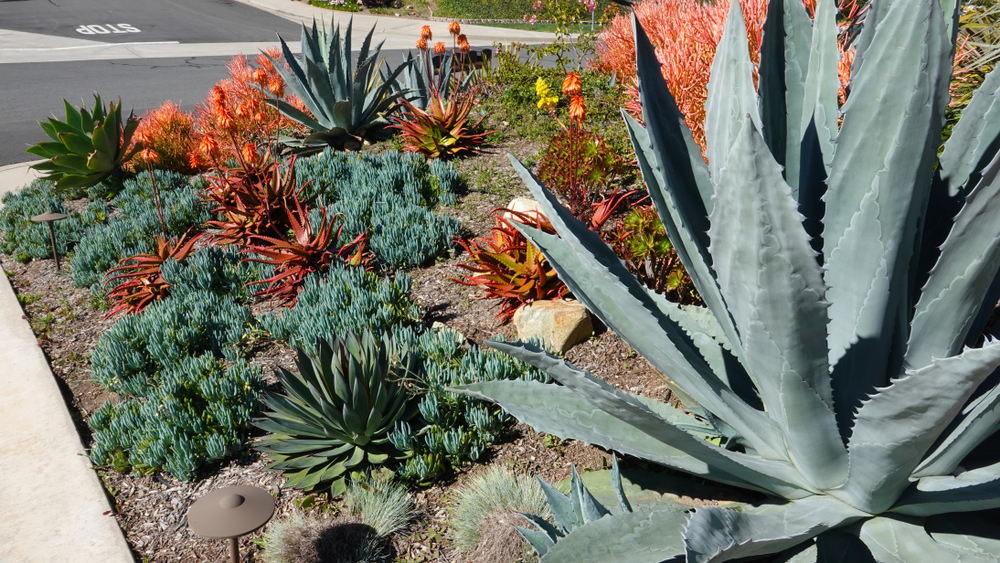
There are a few basics that make xeriscaping work well. The first is planning. Think about where the sun hits, how water moves through your yard, and which areas dry out the fastest.
Here are the main ideas behind xeriscaping.
- Lay out your space based on the sun, slope, and shade
- Add compost or organic matter to help the soil hold moisture
- Group plants by how much water they need
- Use drip systems or soaker hoses for efficient irrigation
- Keep the oil covered to hold in moisture
- Choose plants that handle dry conditions well
- Weed, prune, and adjust watering as things grow
Choosing the Right Plants for a Water-Efficient Garden
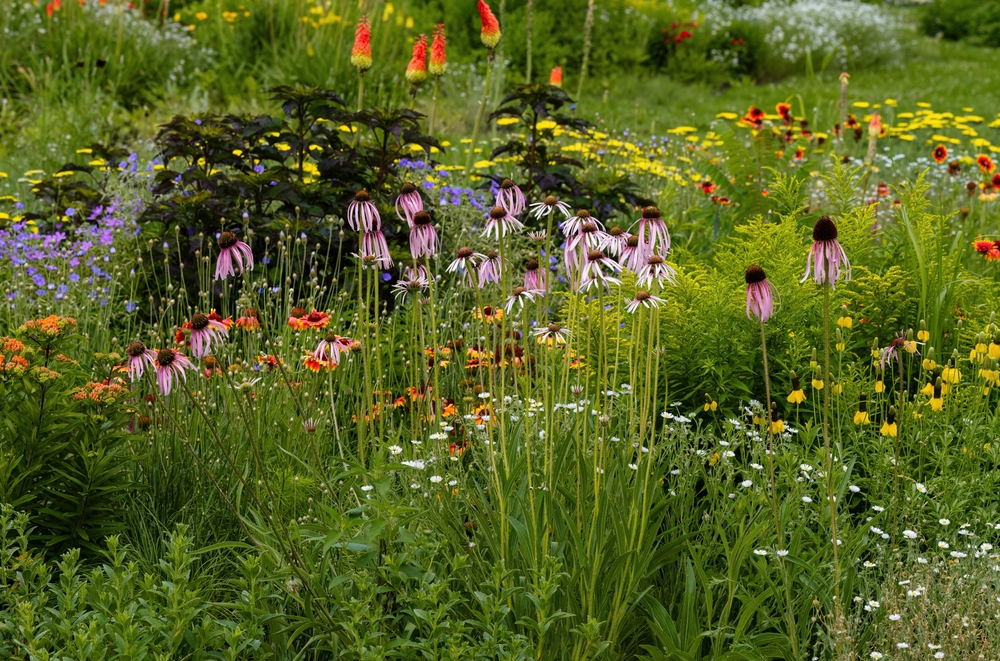
Some plants just handle dry conditions better. These are known for getting by with less and still looking great. Succulents are a favorite, but they’re not the only option. Many native plants are used to local weather and thrive with little fuss.
These plants are good choices for xeriscaping
- Lavender
- Yarrow
- Coneflowers
- Agave
- Sedum
- Russian sage
Try mixing and matching based on how much water each type needs. Put thirstier ones together near your main watering spots, and use tougher plants in drier areas. This makes watering simpler and more effective.
Soil Preparation for Water Conservation
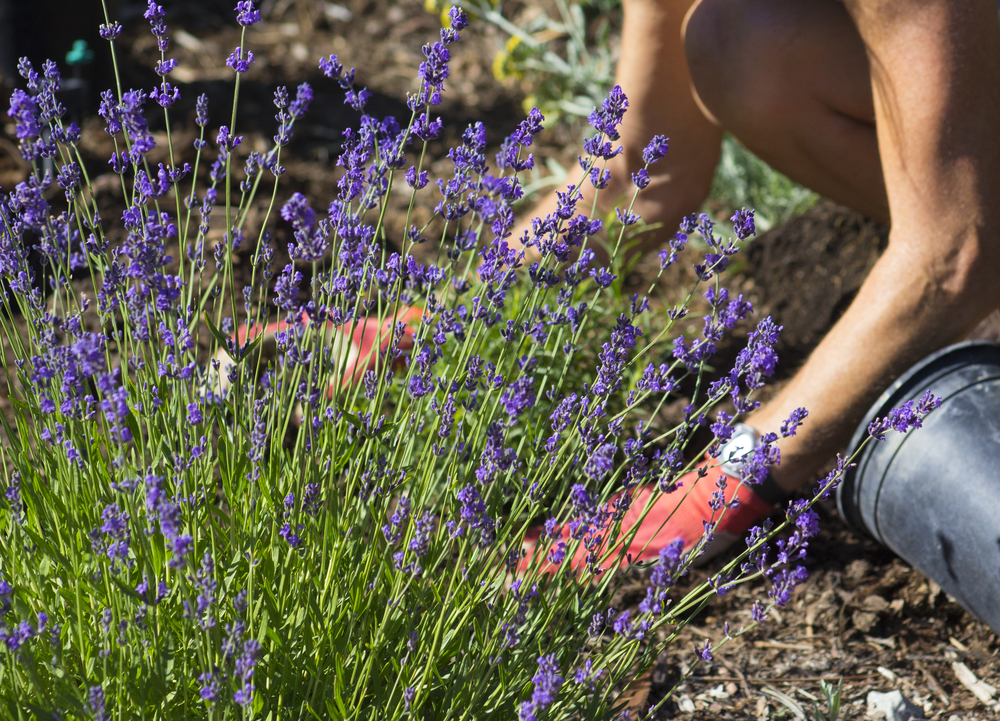
Good soil is like a sponge. It holds water longer and lets roots grow deep. The type of soil you have will affect how much water it can hold. Sandy soil dries out quickly, clay holds too much, and loamy soil tends to be just right.
No matter what type you have, adding organic matter can help. Compost improves the soil’s ability to hold moisture and gives plants a healthy base to grow. Try not to walk over your garden beds too much since packed-down soil keeps water from soaking in evenly.
Water-Efficient Irrigation Systems
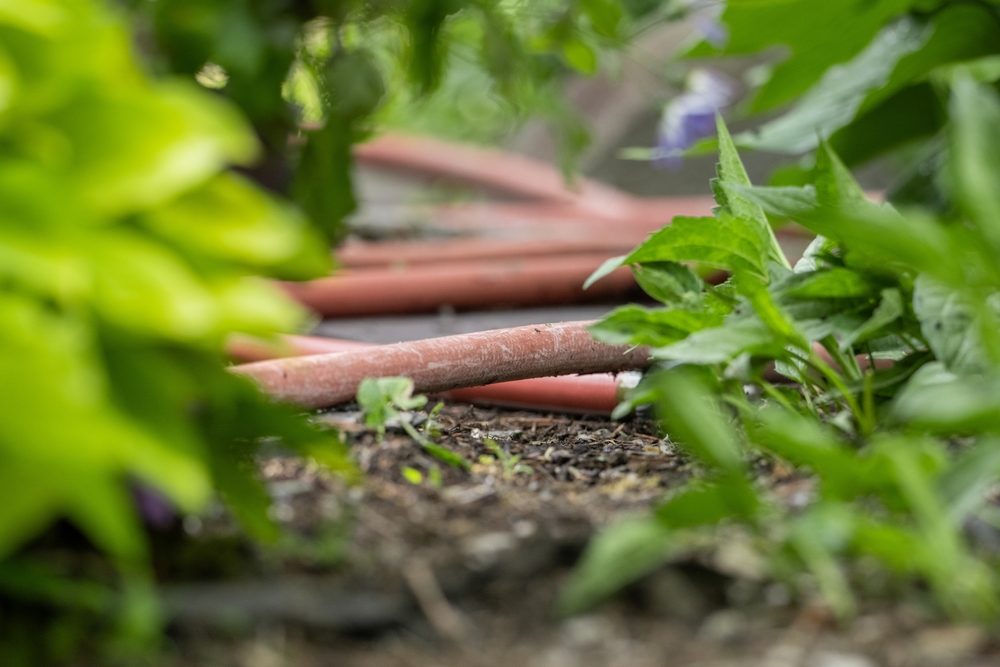
You don’t need to water everything the same way. Drip irrigation and soaker hoses let you send water right to the roots where it’s needed most. These systems are easy to set up and use a lot less water than sprinklers.
Here are a few tips for watering smart.
- Use a timer so you don’t forget to shut it off
- Install a moisture sensor to avoid overwatering
- Water early in the morning to reduce evaporation
- Check hoses and emitters regularly to catch clogs or leaks
Once everything’s in place, you won’t have to do much except keep an eye on it now and then.
The Importance of Mulching
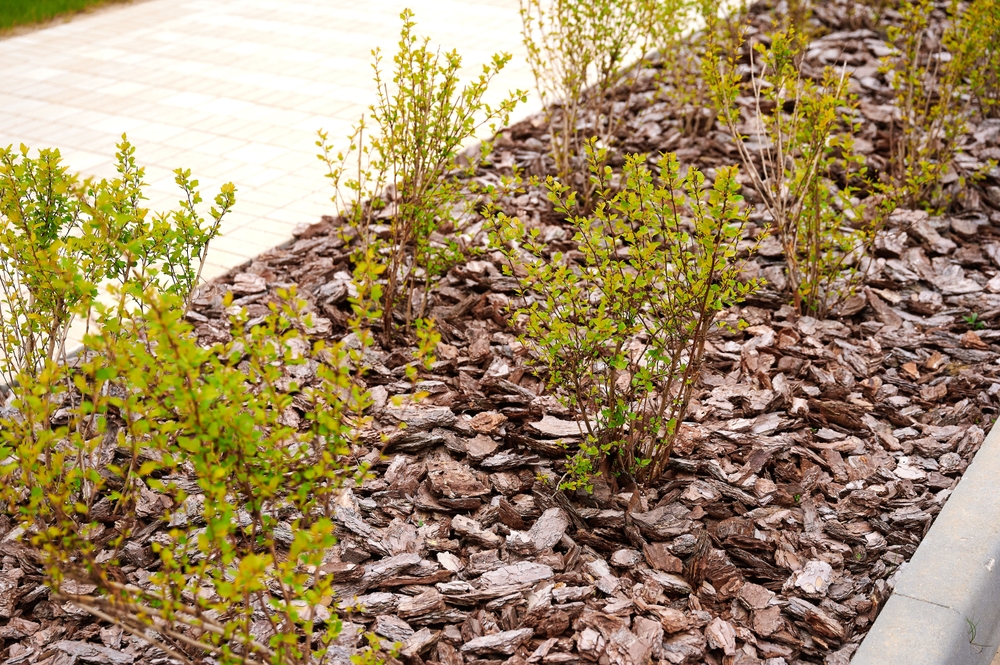
Mulch is a simple way to keep your soil from drying out too fast. Organic mulch, like bark chips or straw, breaks down over time and adds nutrients to the soil. Inorganic options like gravel last longer and help with temperature control.
Spread mulch about two to three inches thick around your plants, but keep it a little away from stems and trunks. This keeps the soil moist and helps stop weeds from moving in.
Creating Zones for Efficient Watering
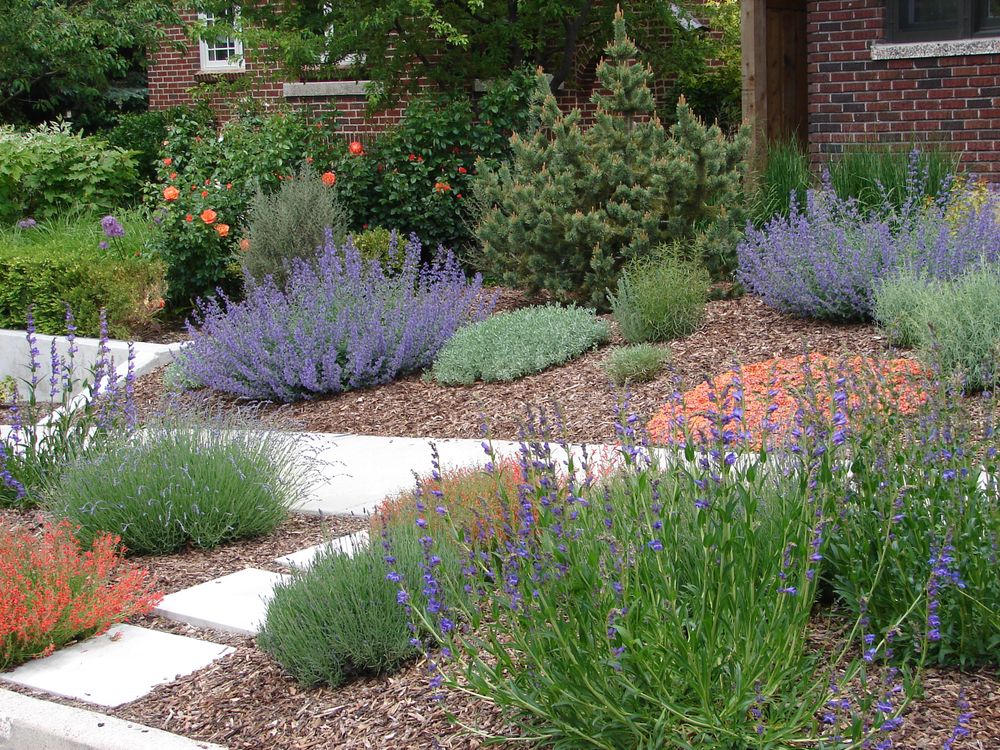
Different parts of your yard need different amounts of water. That’s where zoning comes in. You can group plants into areas based on whether they need a lot of water, a little, or somewhere in between.
You can also use gravel paths or stone borders to separate zones. These features don’t just look nice, they also reduce the amount of space that needs watering. With a little planning, you can set up your irrigation to match the zones and cut down on waste.
Maintaining a Xeriscaped Garden

Even low-water gardens need some upkeep. A quick check each season helps catch any problems early. Trim plants when needed, pull weeds before they spread, and make sure your irrigation setup is working right.
- Prune regularly to keep plants from crowding each other
- Remove weeds so they don’t take up water and space
- Check for signs of over- or underwatering
- Adjust irrigation settings as needed throughout the year
Plants grow and change, so you may need to shift things around or tweak your watering schedule from time to time.
Switching to xeriscaping might feel like a big change at first. Some folks worry about the cost of setting it up or finding the right plants. It’s true that it takes a bit of planning, but once things are in place, the rewards are worth it.
Start small if you need to. Try changing one section of your yard at a time. Use local garden centers and extension offices to help figure out which plants do well in your area. You don’t have to do it all at once.
This article originally appeared on Avocadu.
